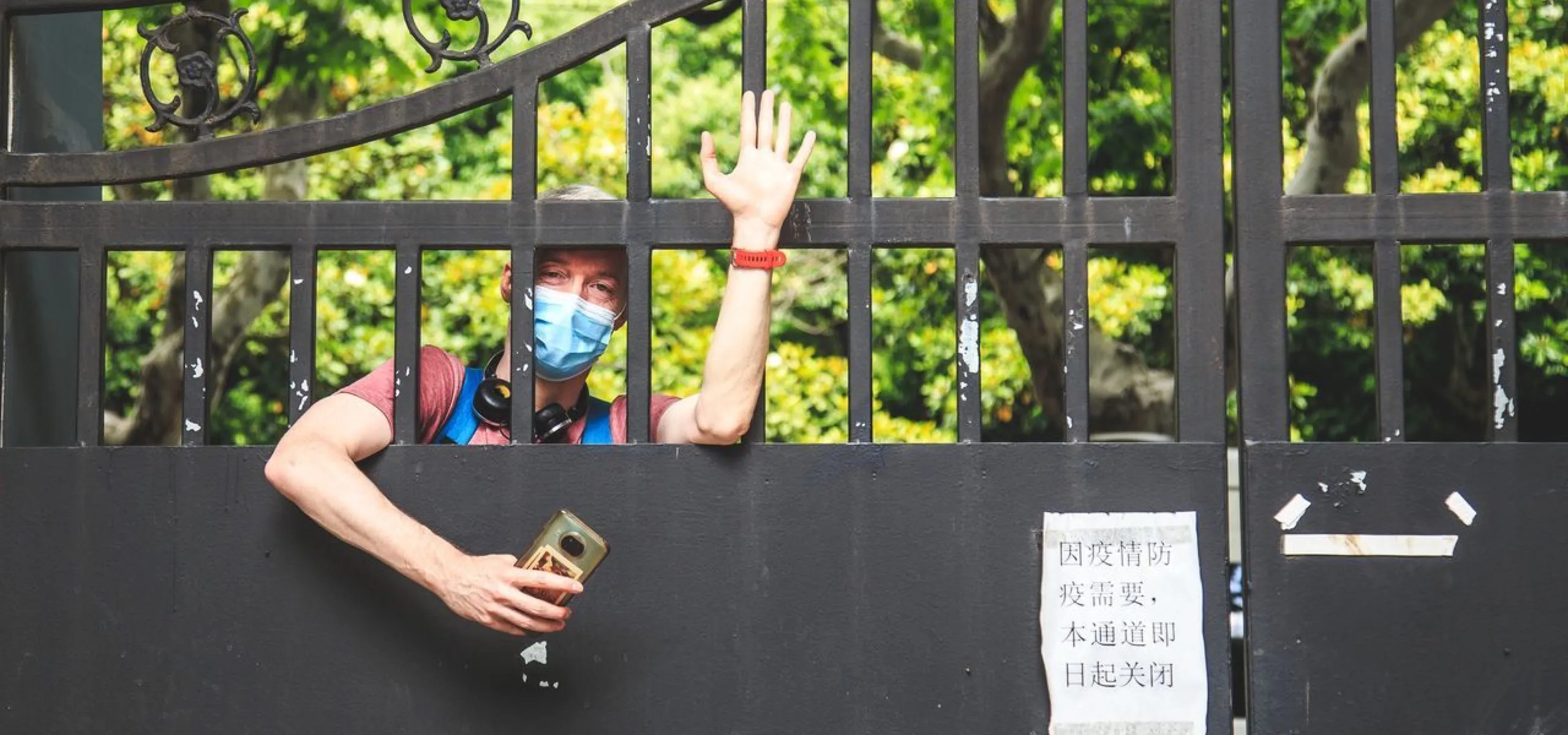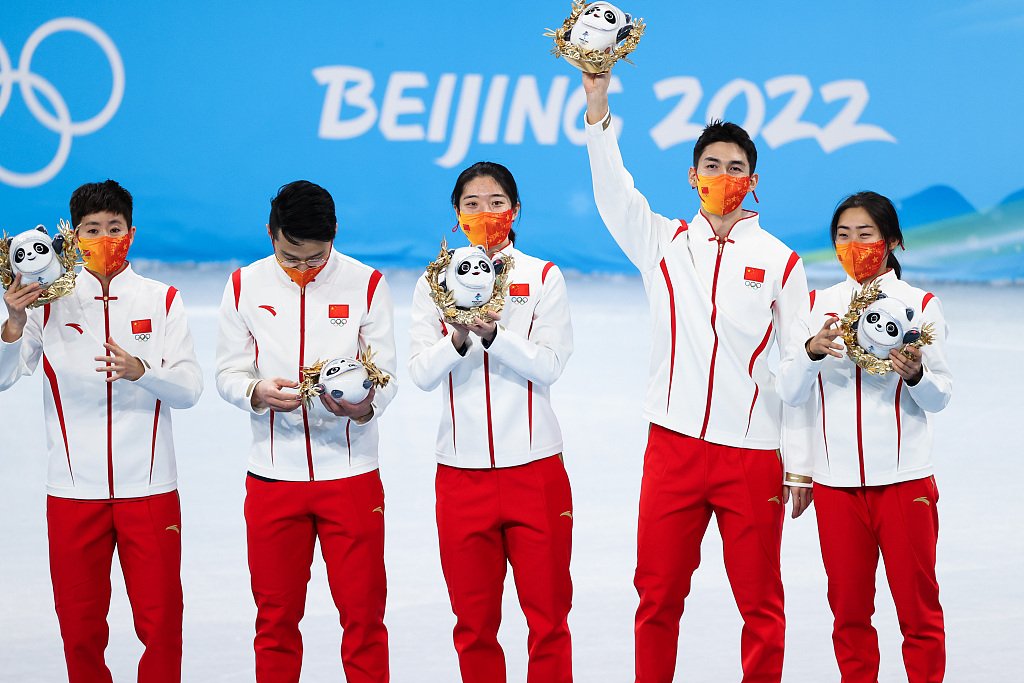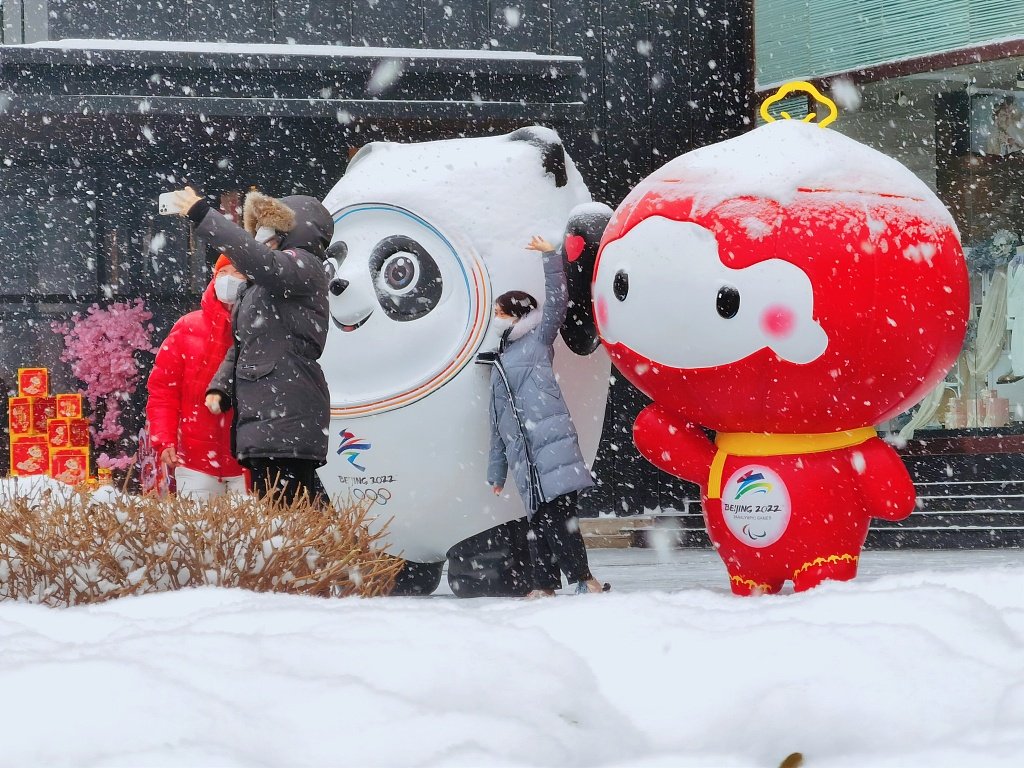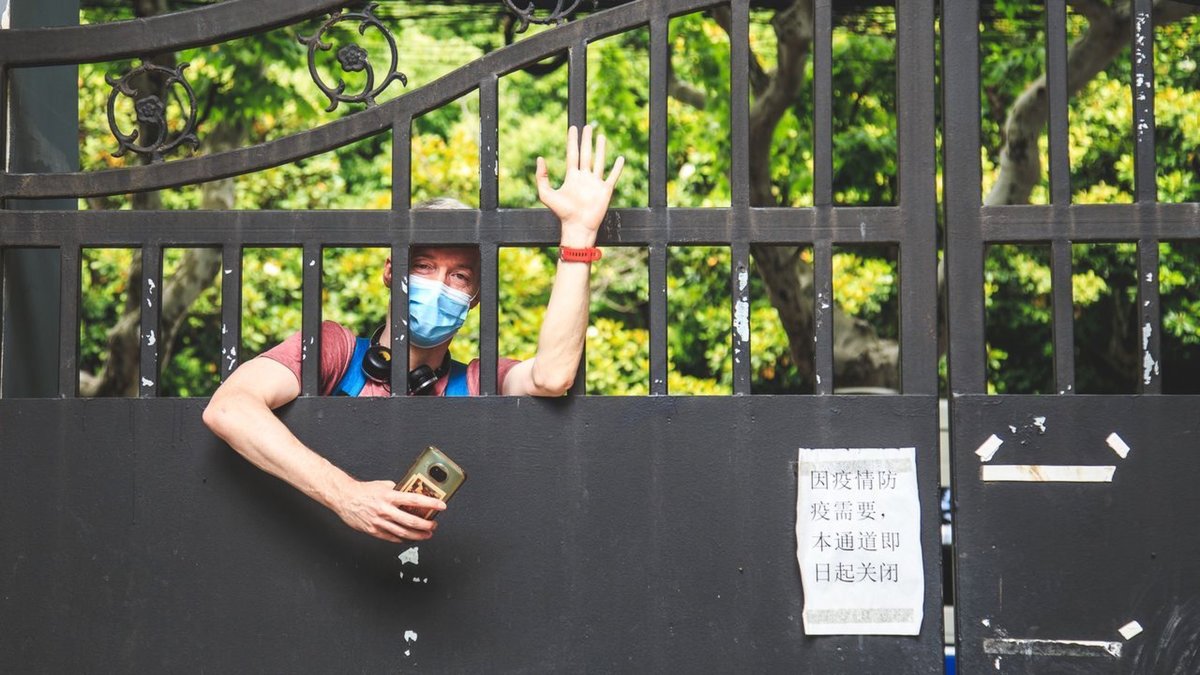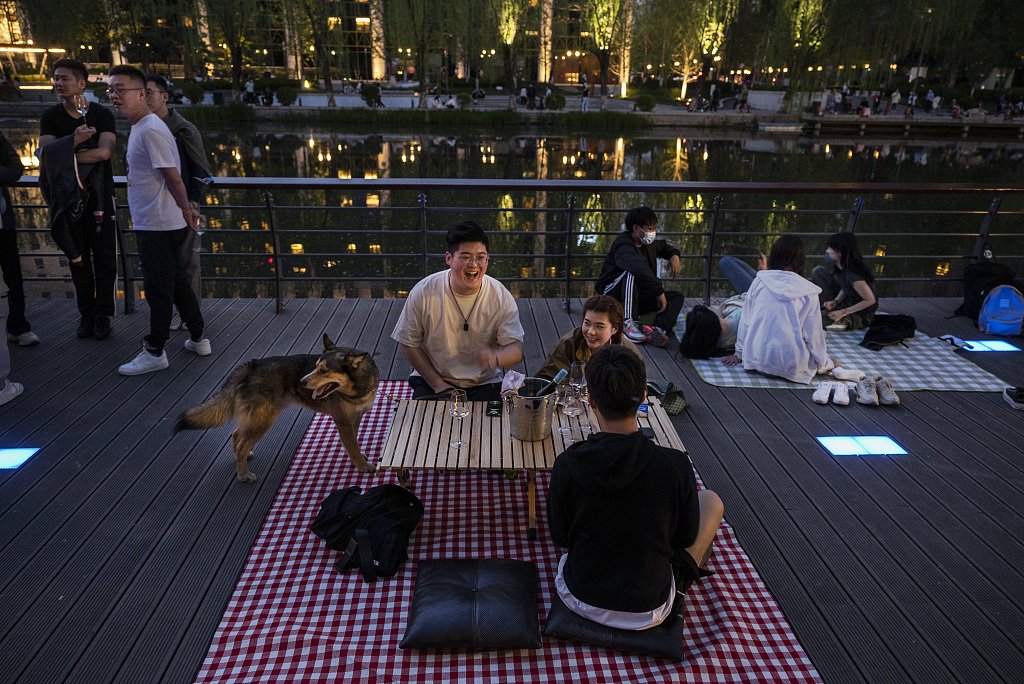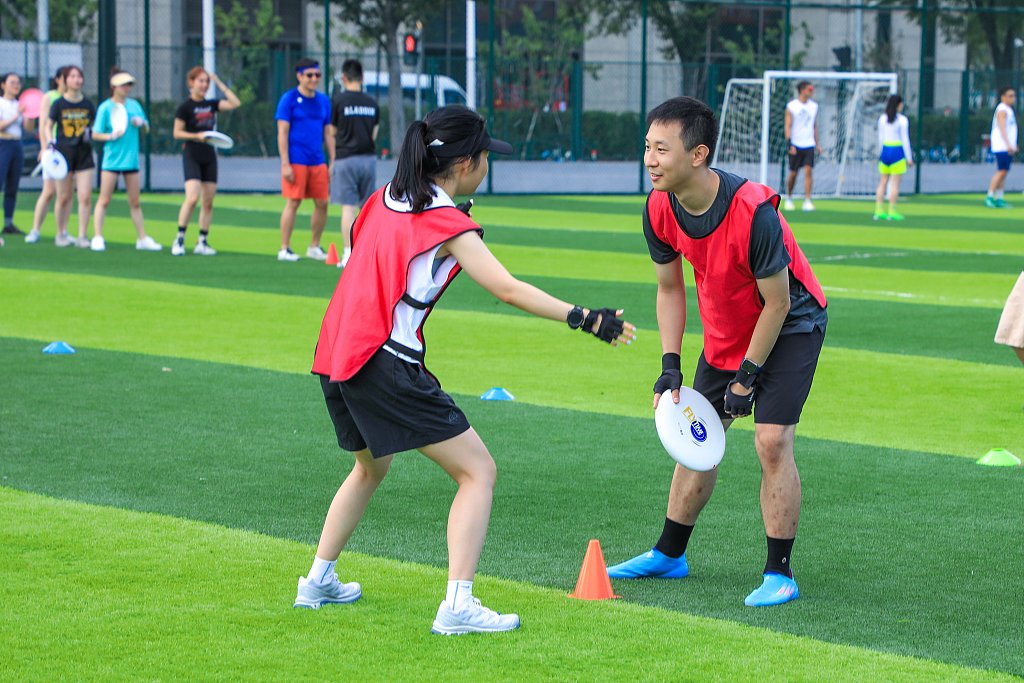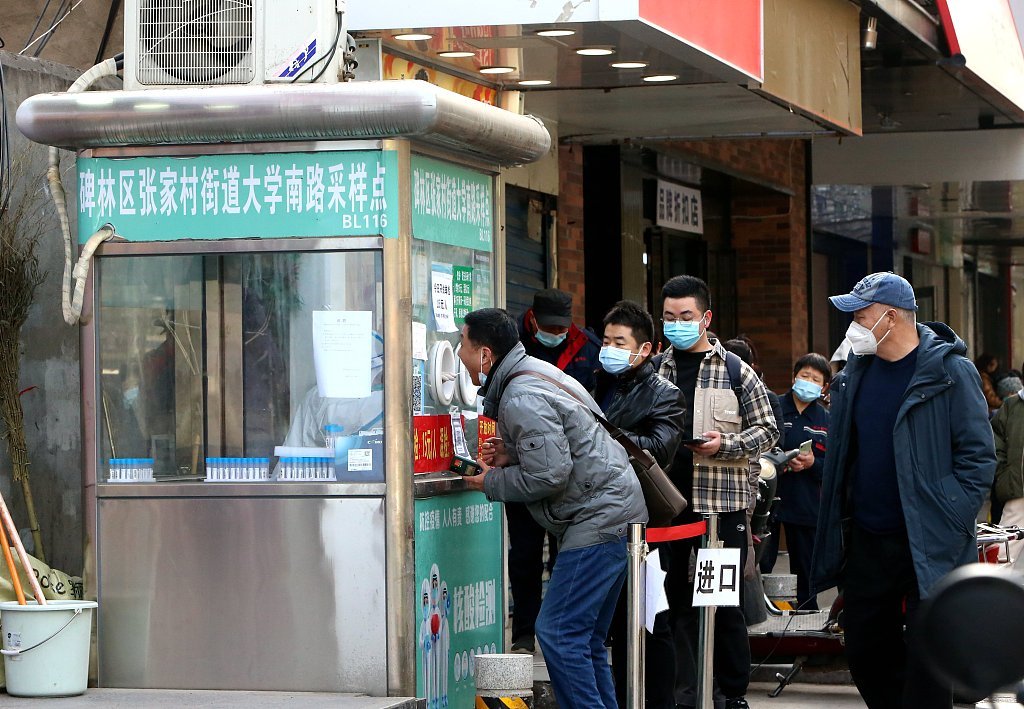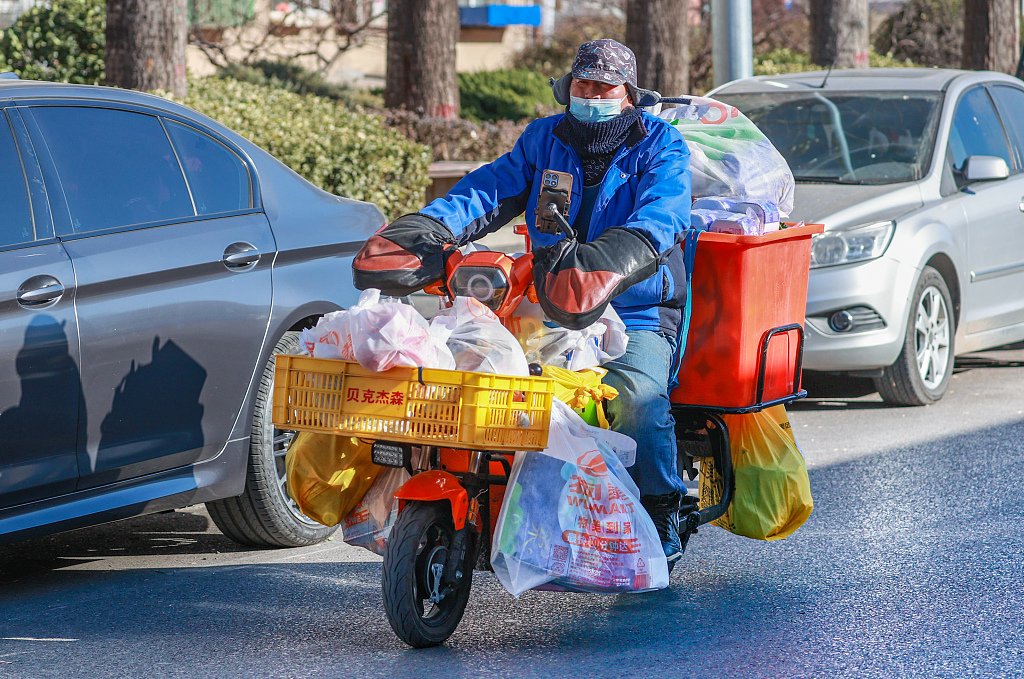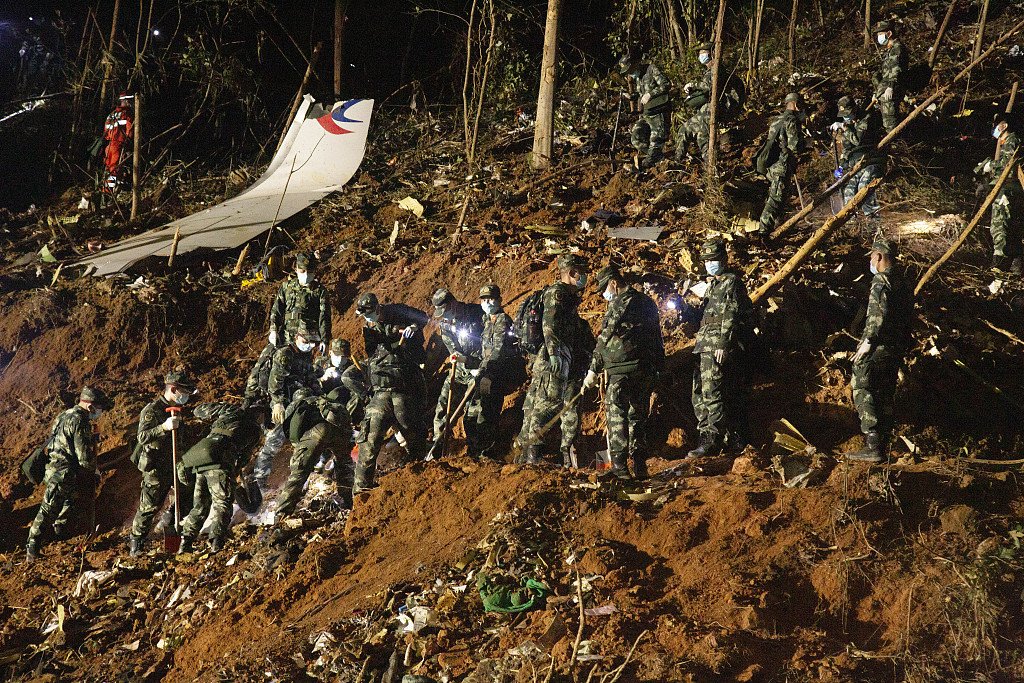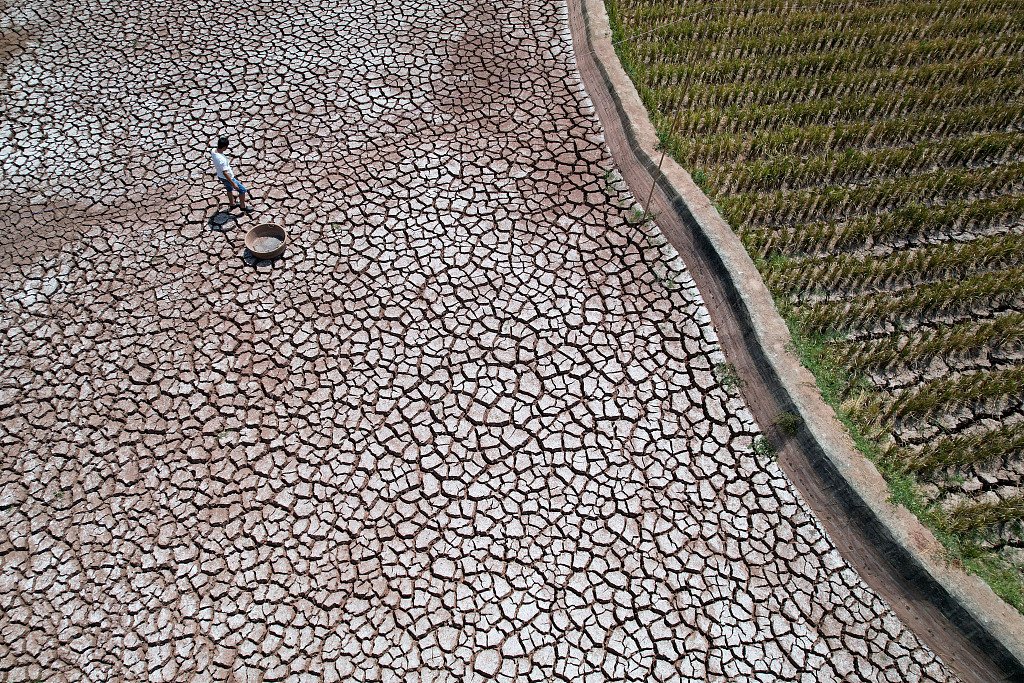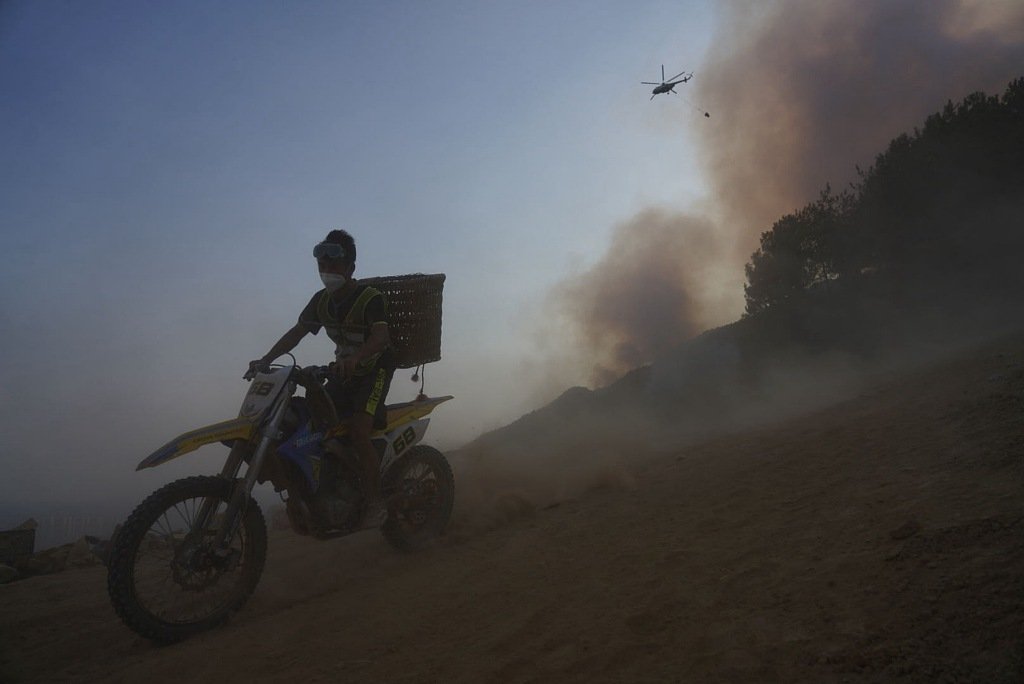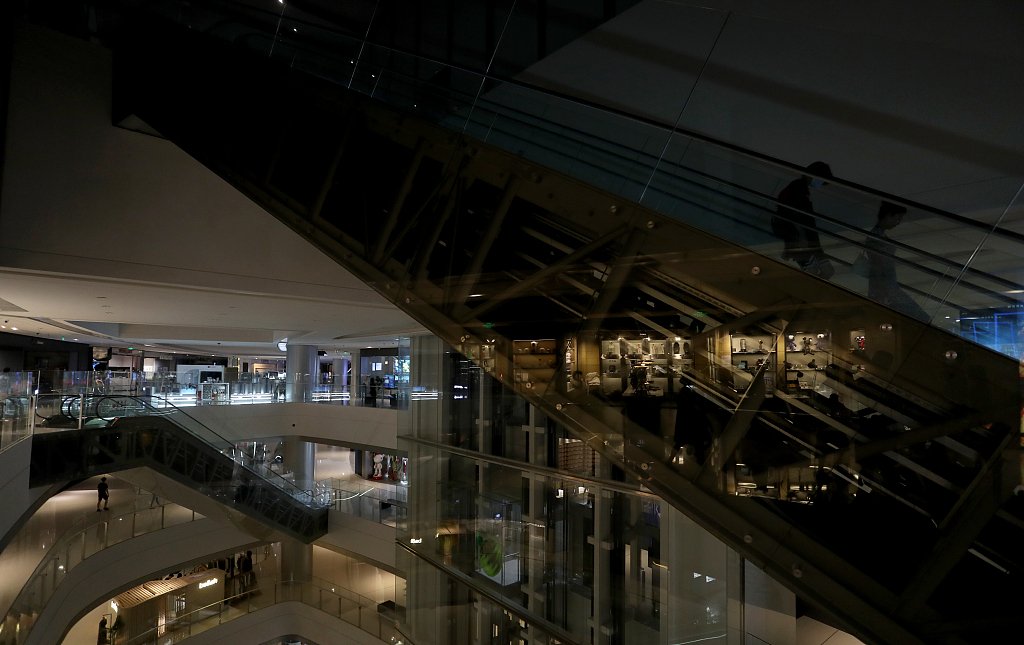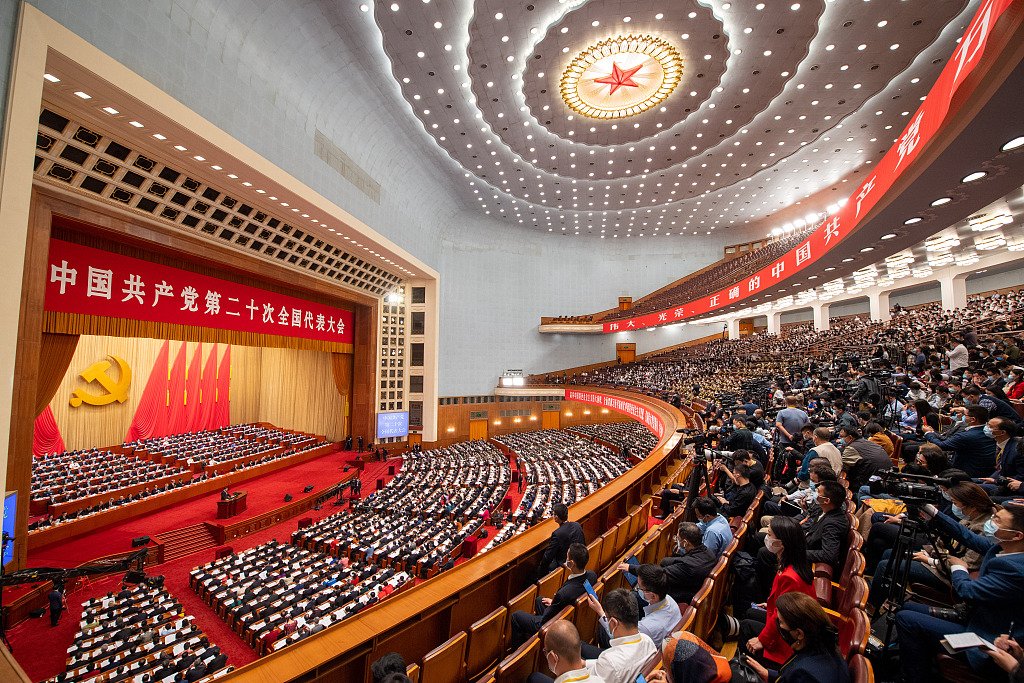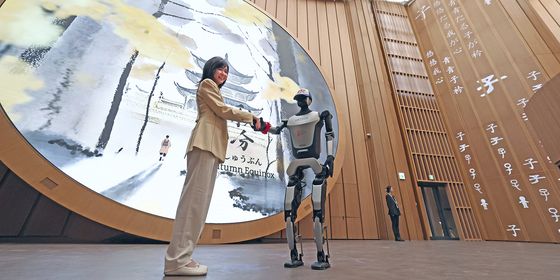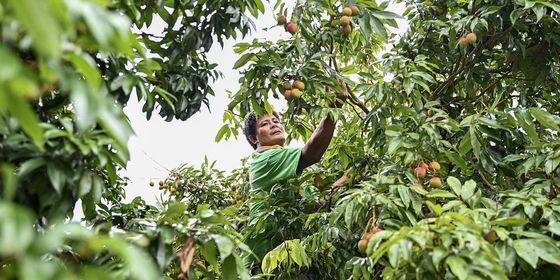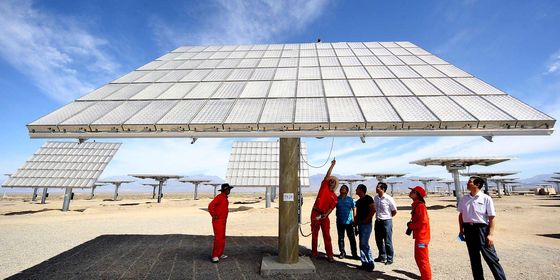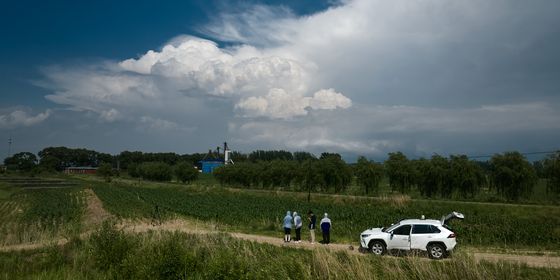From climate change to picnics to testing kiosks, these were the photos that captured the mood around China in 2022
Another year nears its end, and for the first time in two years, most people in China can look forward to a national holiday where they can travel around the country without dealing with pandemic-control measures.
The pandemic may have dominated the year’s headlines, but it was not the only big event of 2022. From the Winter Olympics in Beijing, to record high temperatures in summer, and scenes of ordinary life, here are 14 photos that captured the mood and the major happenings from China this year.
Winter Olympic Games
During the Beijing 2022 Winter Olympic Games, held in Beijing and Zhangjiakou, Hebei province from February 4 to 20, Team China recorded the country’s best-ever result at a Winter Olympics with nine gold, four silver, and two bronze medals, putting China third on the gold-medal rankings table.
Lives changed by the pandemic
Strict lockdown measures in Shanghai from late March to May 31 (and even beyond for some areas) in response to a Covid-19 outbreak led to food shortages and gave rise to a barter economy and group buying, where Coca-Cola became especially popular, along with both sad and heartwarming stories. (Nicoco Chan)
Due to restrictions on travel and indoor entertainment venues, including dining in at restaurants, outdoor activities like camping, picnics, and Frisbee became popular among urban residents with access to a limited number of public spaces.
Regular mass-testing of urban residents, previously restricted to neighborhoods that experienced outbreaks, became the norm in most major cities in China as negative nucleic acid test results became mandatory to enter public venues and ride public transportation. Testing kiosks, mostly belonging to third-party testing companies, became ubiquitous on street corners.
In December, China pivoted away from its previous lockdown and testing-focused containment policies for the pandemic, leading to a surge of infections and the disappearance of many familiar sights like testing kiosks and contract-tracing codes.
Climate changes China
On March 21, 2022, flight MU5735 of China Eastern Airlines, flying from Kunming to Guangzhou, crashed in the mountains of Tengxian county, Guangxi, killing all of the 132 passengers and crew on board. This was the first major air crash in China since 2010. The cause of the crash is still under investigation.
This summer, the Yangtze River Basin saw the worst drought and longest continuing high temperatures since 1961. Jiangxi, Hunan, and Sichuan provinces and Chongqing were the worst-hit. The water surface area of Poyang Lake and Dongting Lake, the two largest freshwater lakes in China, dropped by 75 percent between June and August. High temperatures also led to wildfires in Chongqing in late summer, and electrical shortages in Sichuan, a province heavily reliant on hydropower.
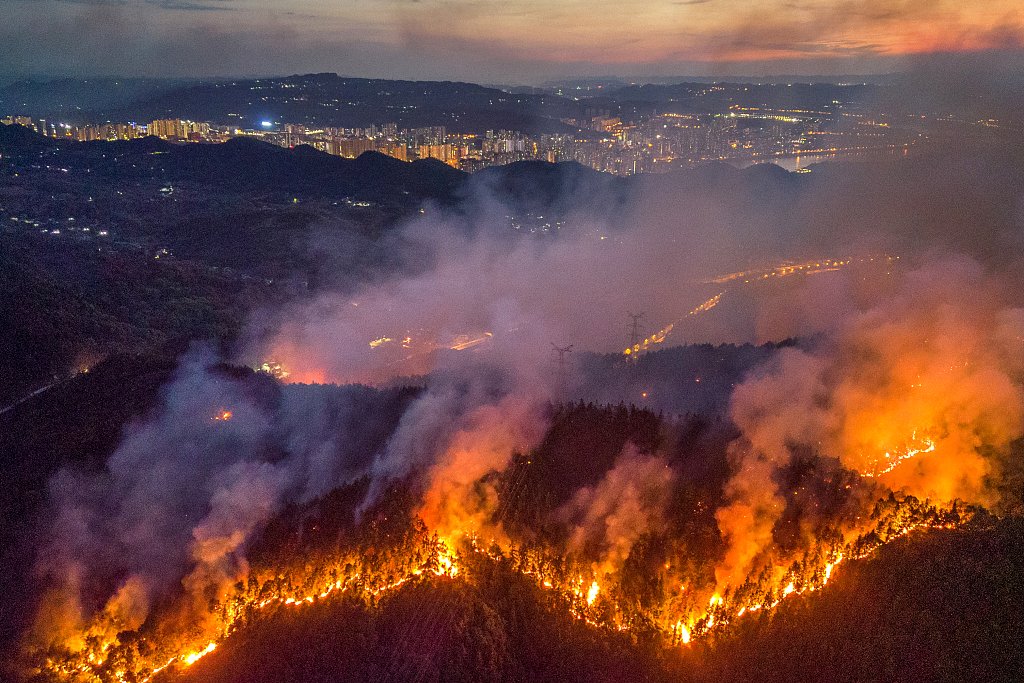
Record high temperatures of up to 45 degrees Celsius in August caused forest fires in many parts of Chongqing. Over 14,000 people engaged in the rescue efforts, including local firefighters, volunteers, and firefighters from other provinces. (VCG)
The 20th Party Congress
The Communist Party’s 20th Party Congress, a meeting of the Party’s top representatives held every five years, took place in Beijing from October 16 to 22. President Xi Jinping was confirmed as leader of the Party for another five years. (VCG)





